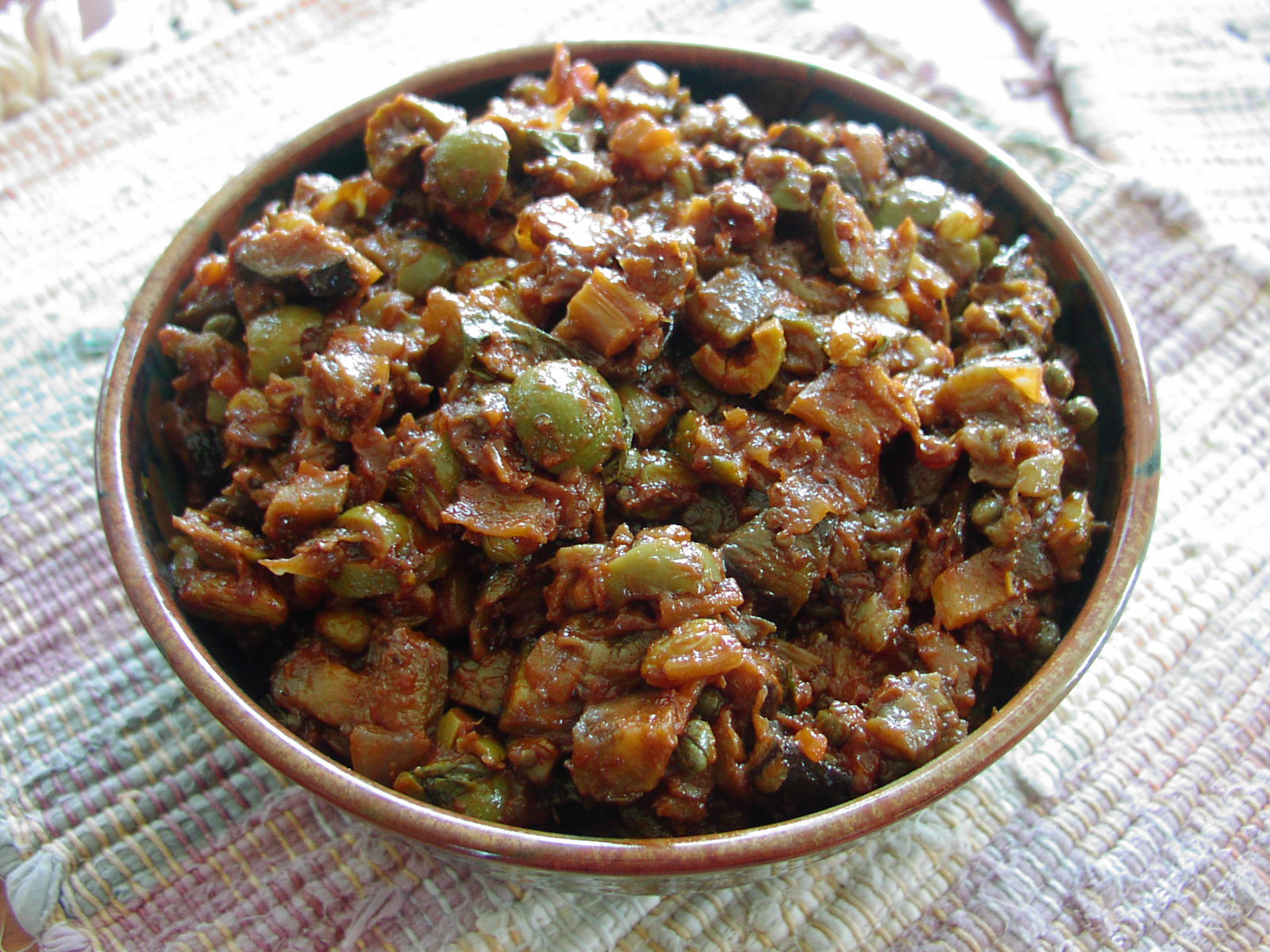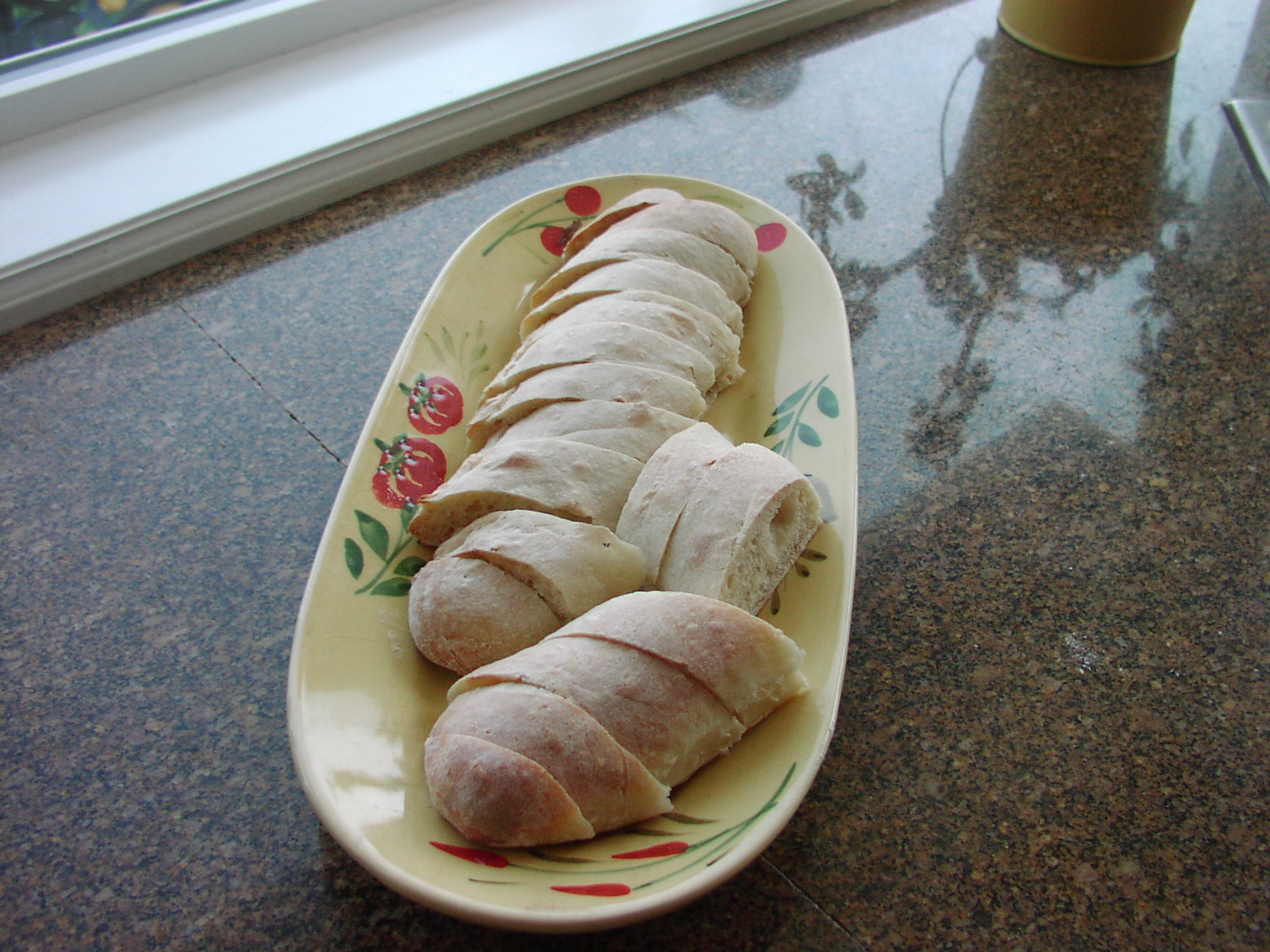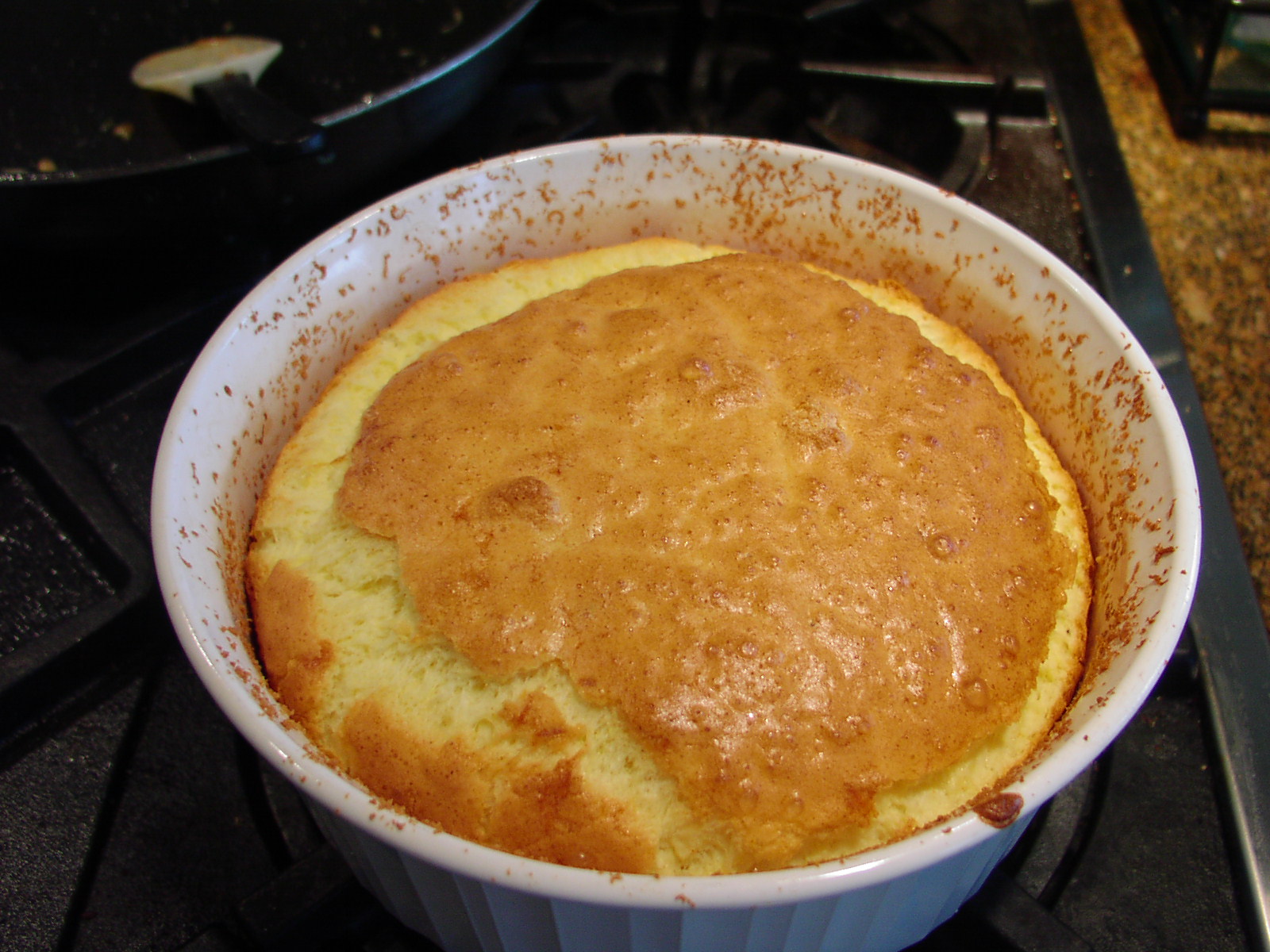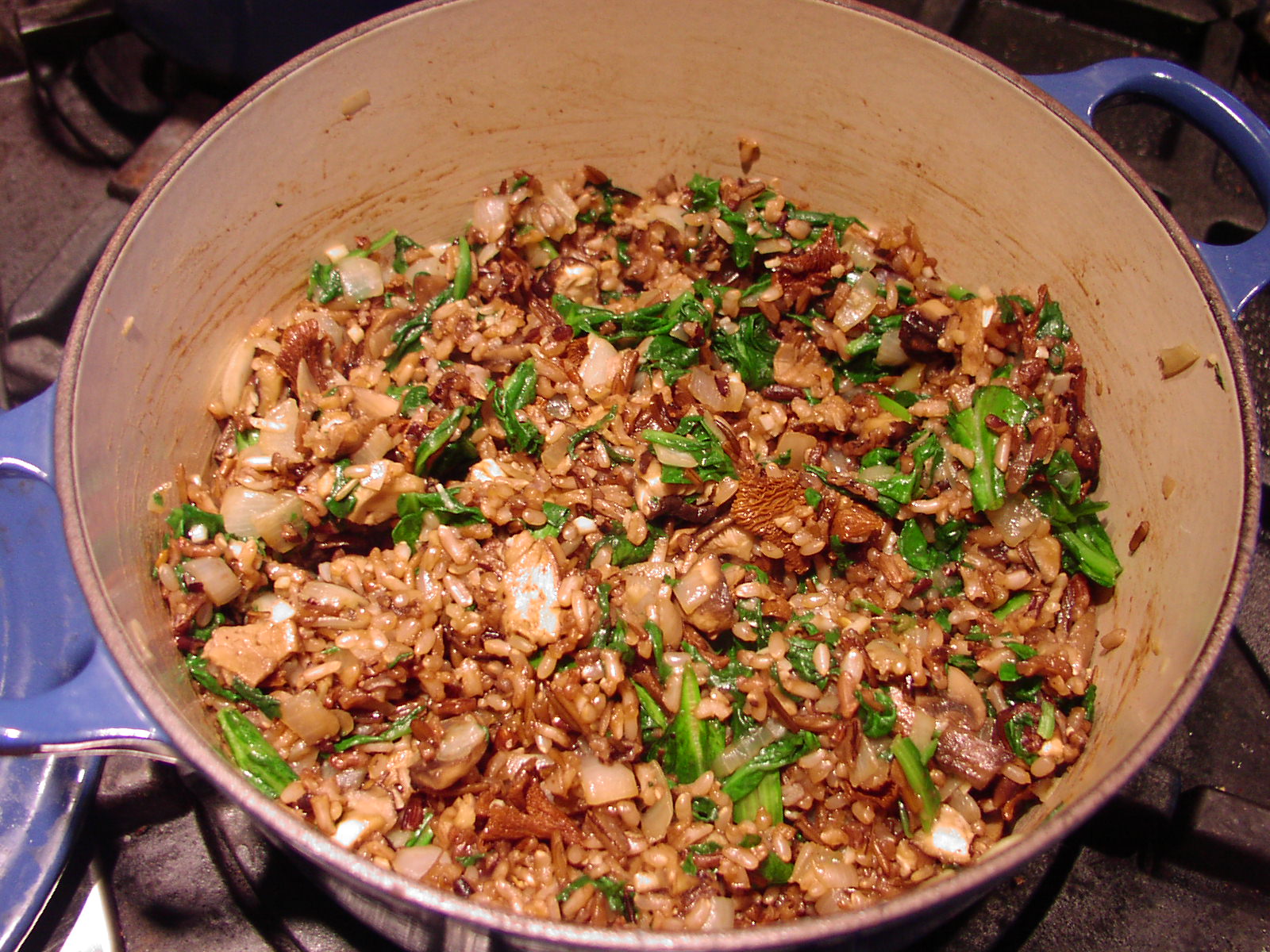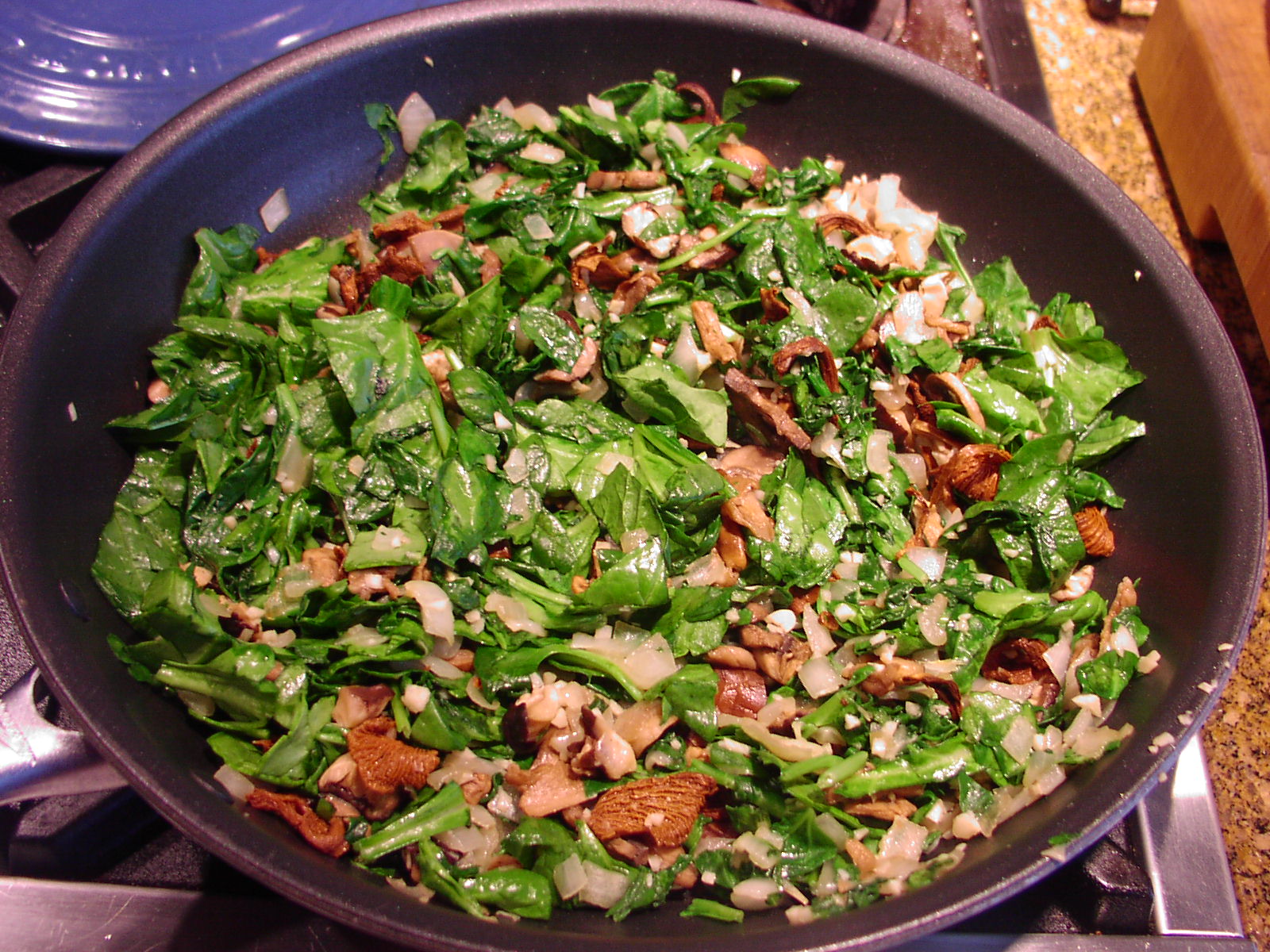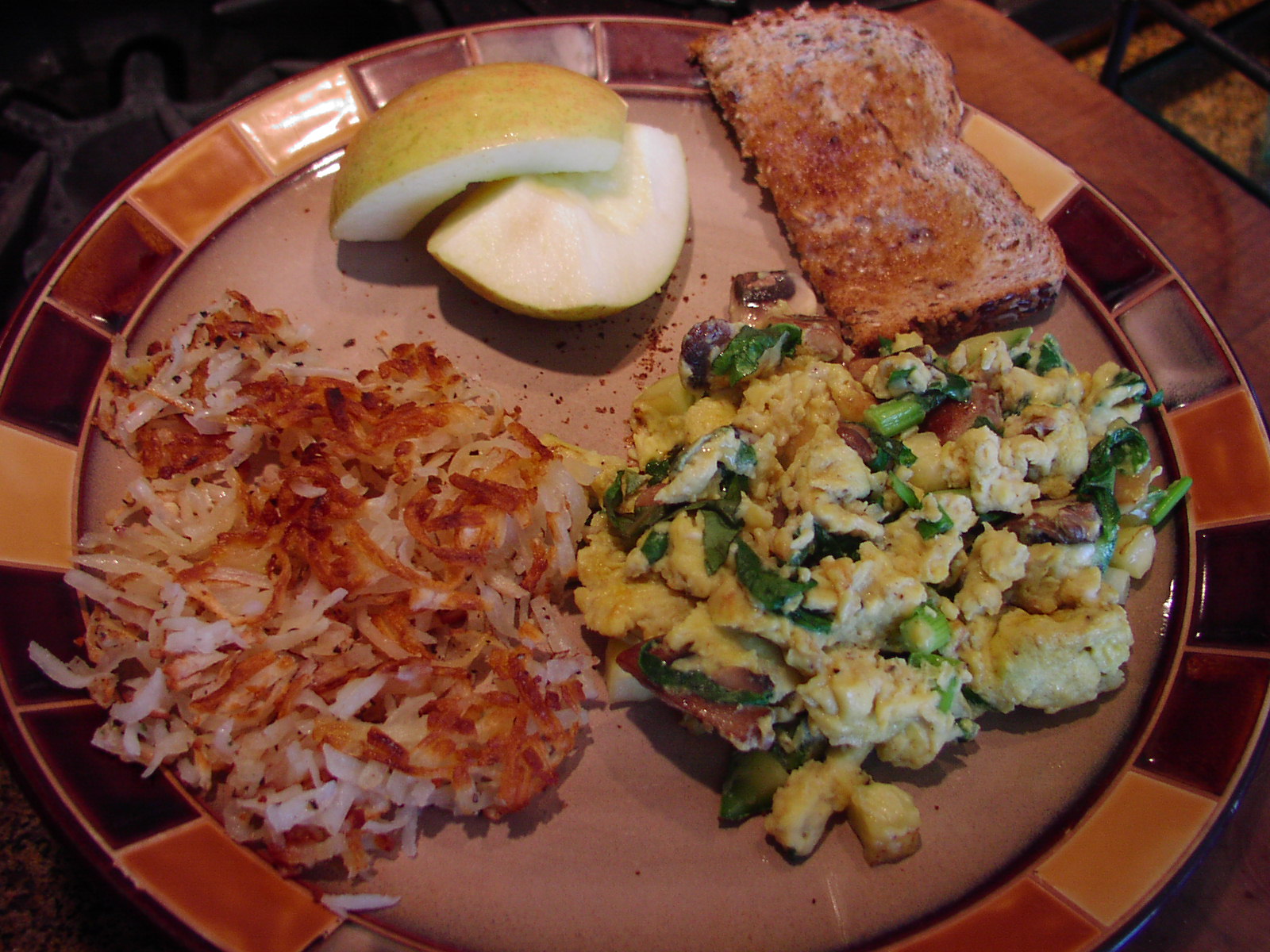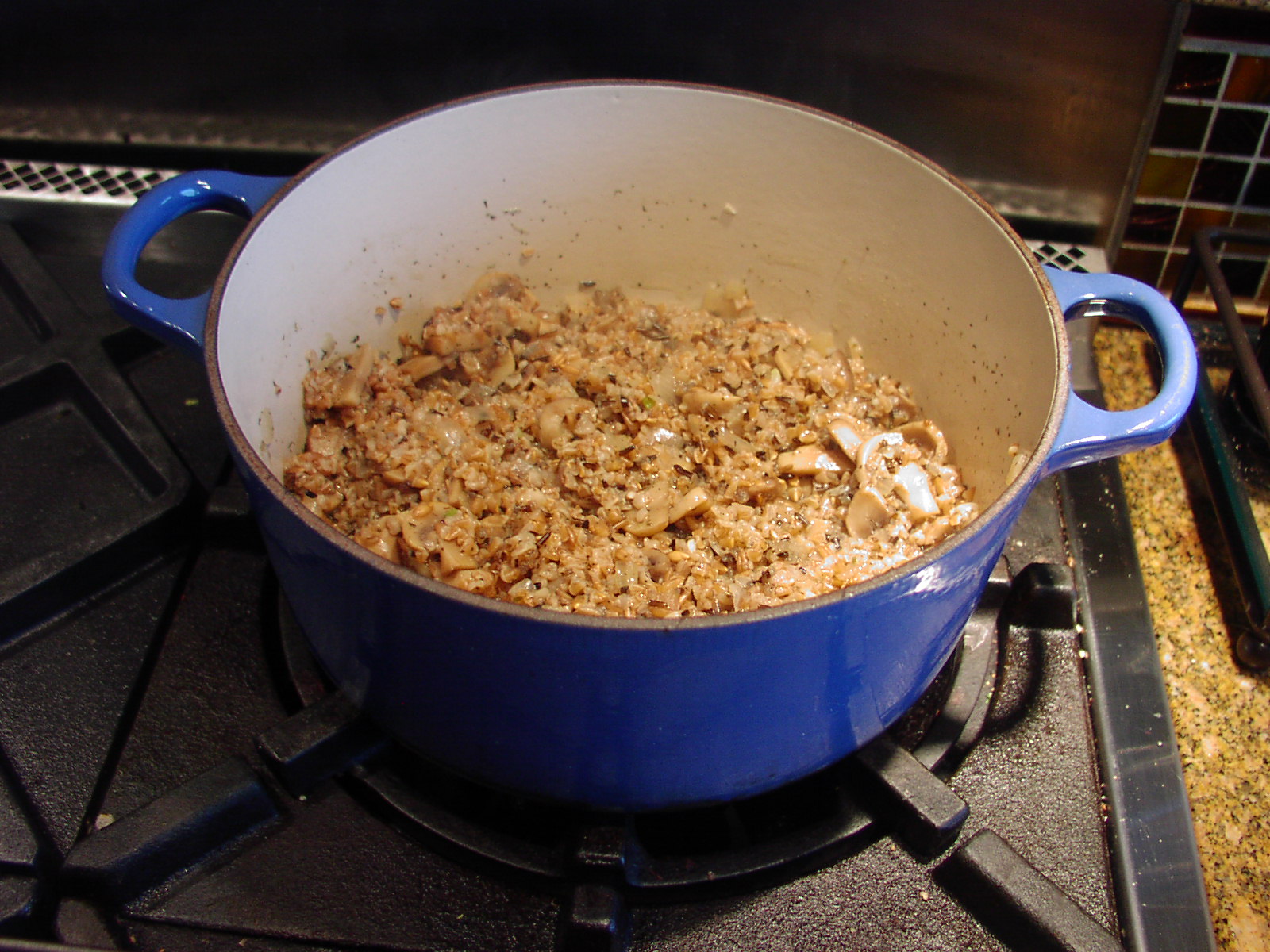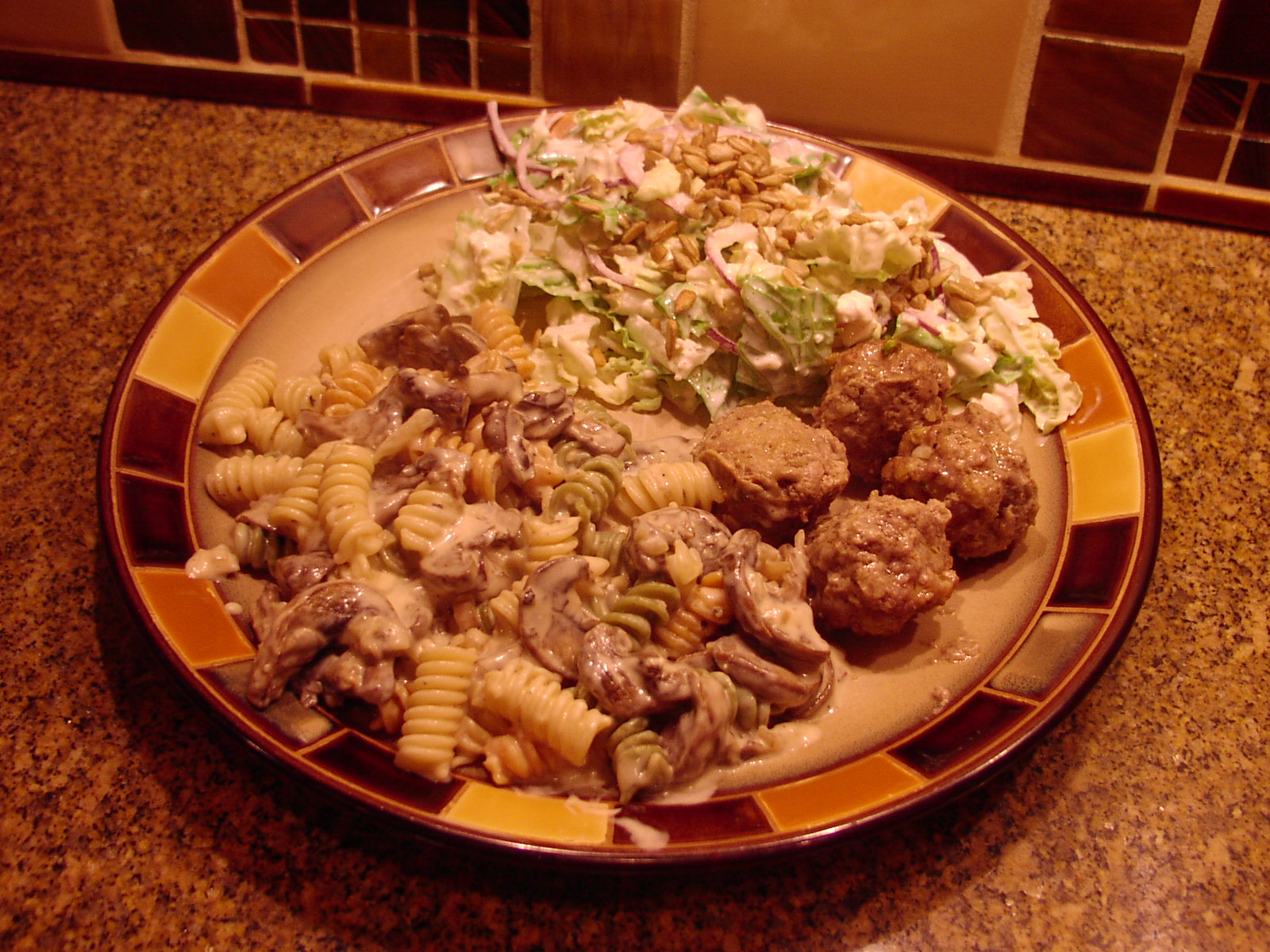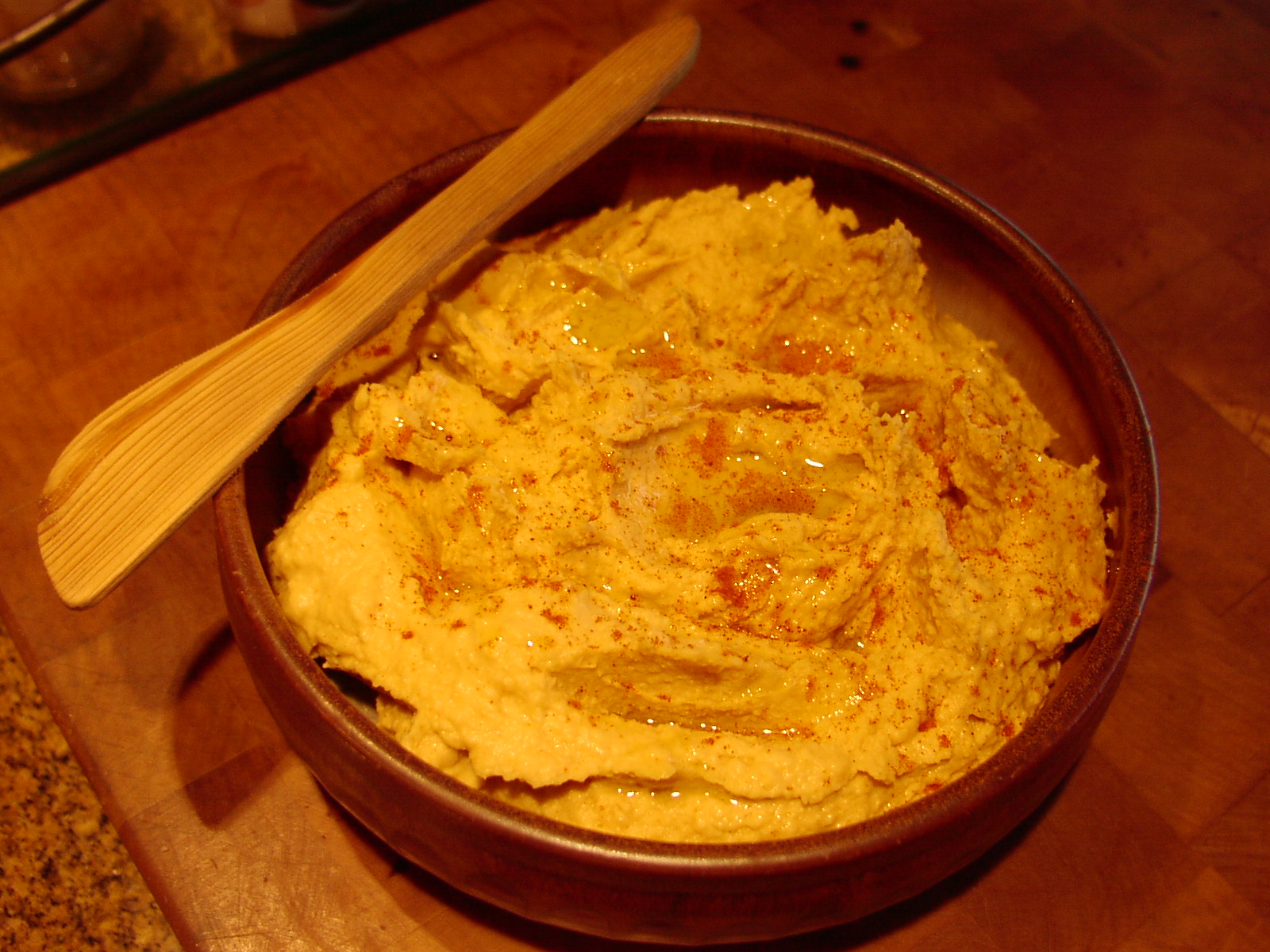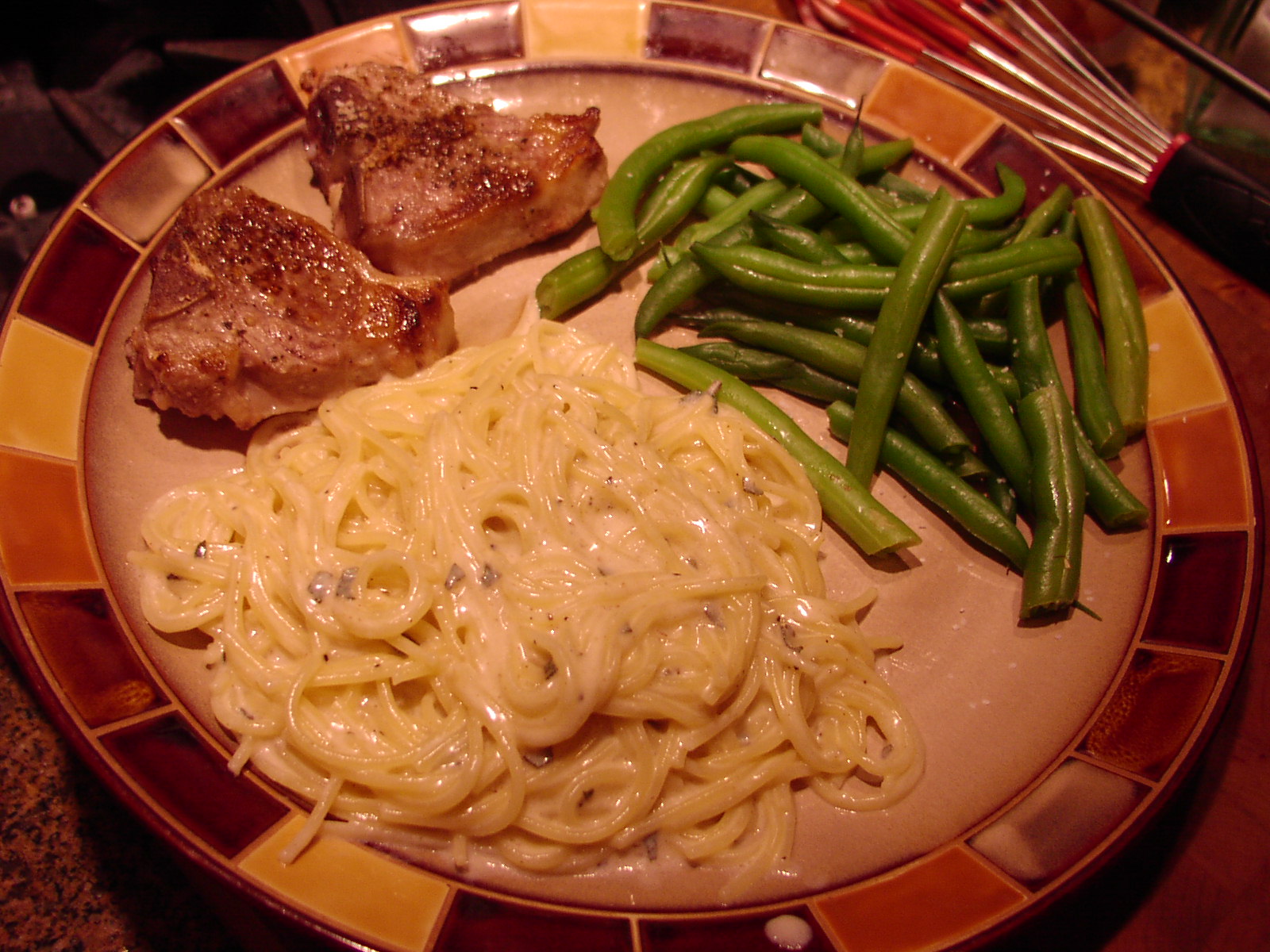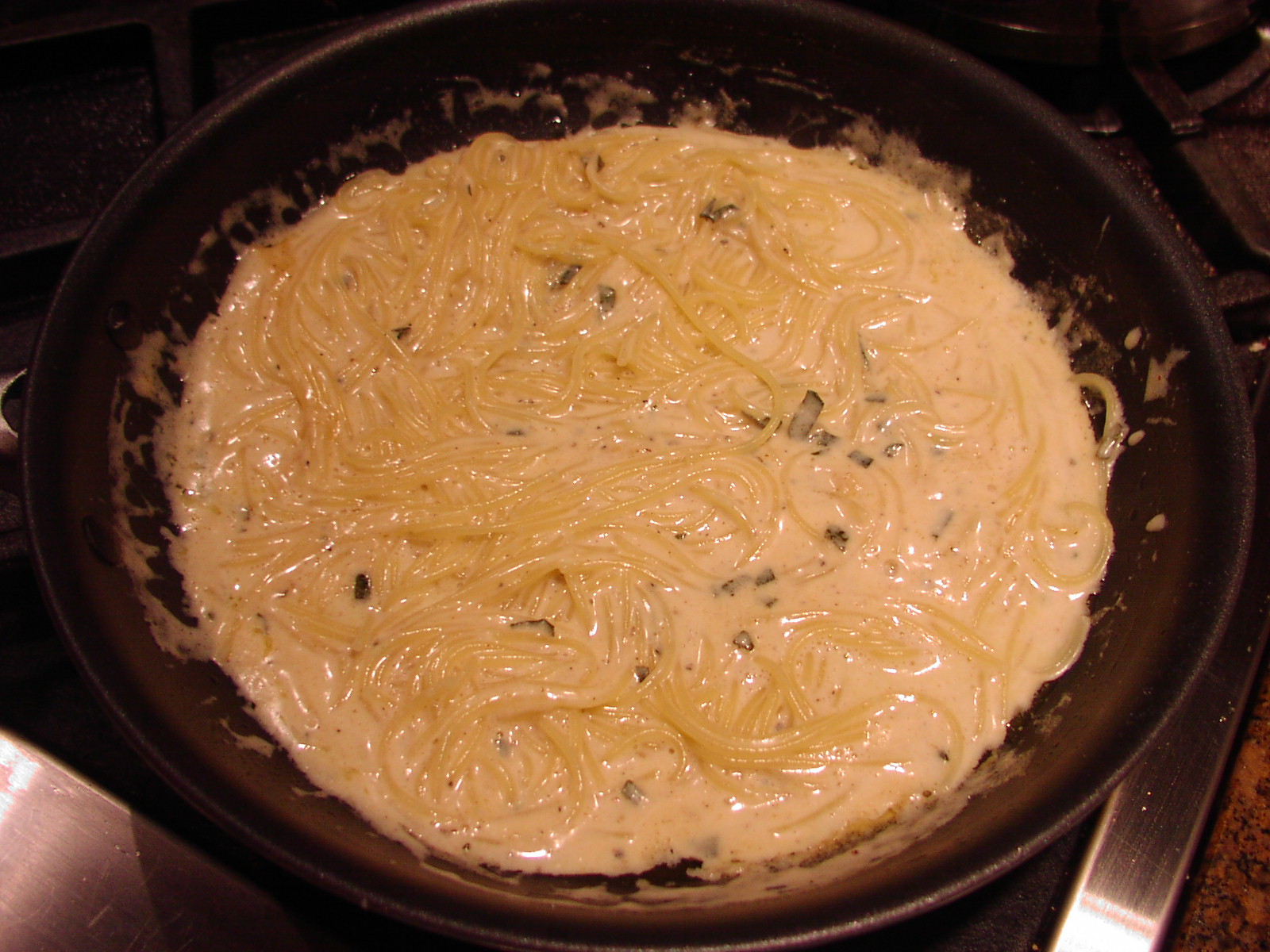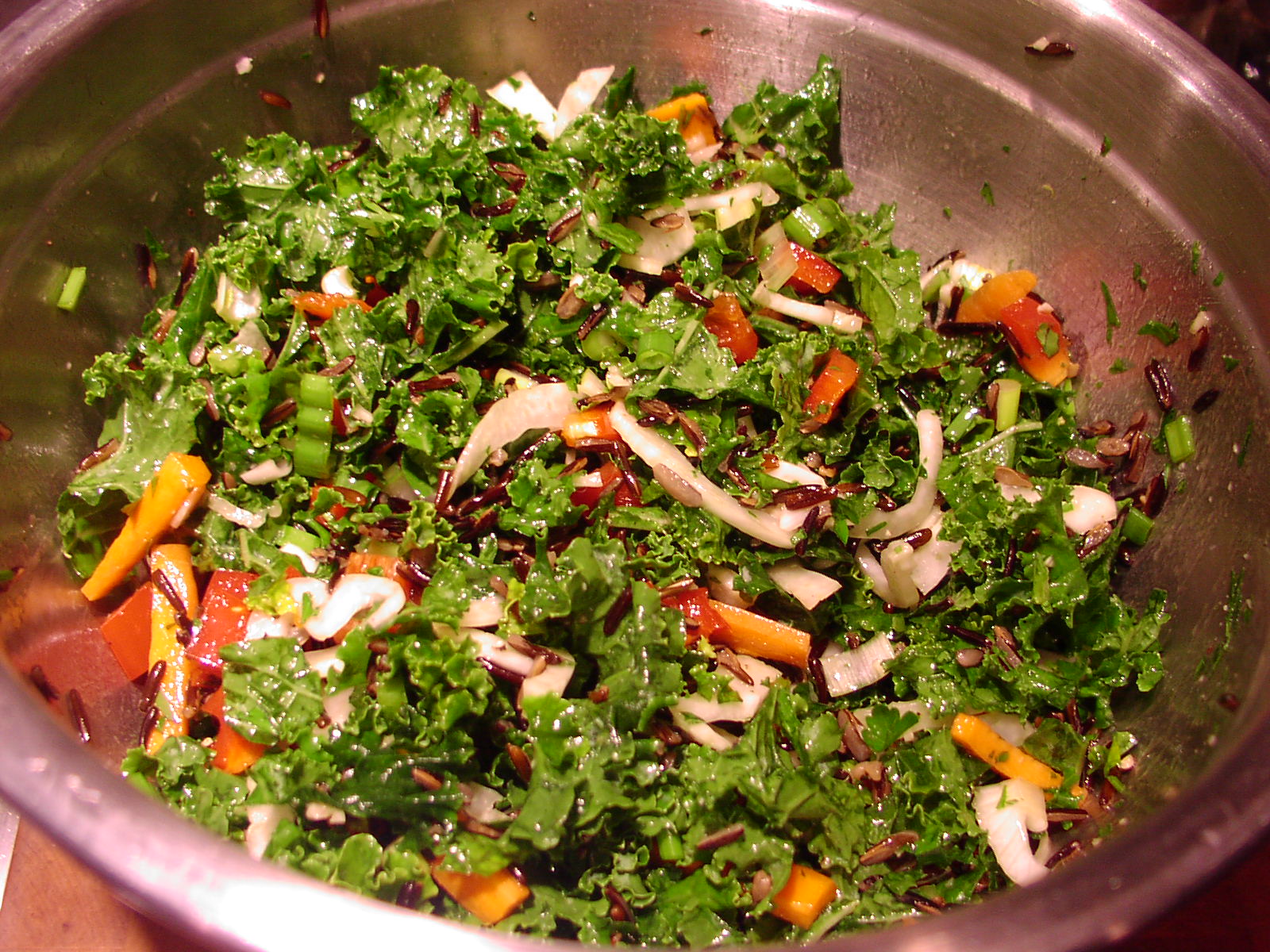(Sorry about no picture, but in accordance with the theme of this post, I decided a picture was unnecessary.)
One of the mistakes I feel many good cooks make when they are planning even a simple meal for family and friends, is to believe that every dish served has to sparkle with its own star quality flavor. And until recently I was just as guilty as the next cook in thinking this way. It wasn’t until I was on our latest trip to New Mexico that I got to thinking about what constitutes a truly memorable meal. And the lunch I ordered at the High Country Restaurant & Saloon in Chama, New Mexico will remain as memorable as any I have experienced because it was this delicious meal that started me thinking. (Well actually it was these beans that started the thought process that changed my entire way of thinking about meal planning, at least at a conscious level!)
Until then, I guess I never fully grasped the idea that even taste buds need a break. (And yes, I had read and understood about palate cleansing and serving small portions of many foods rather than large portions of a couple of dishes, etc., but I never categorized these concepts in relationship to every day meals.)
When I reflect on the average dinner I prepare for us, I think main dish, side, and veggie/salad. And until recently, I felt that all three needed to scream “I’m the star; I’m the star!!!” What I was forgetting was that our taste buds are also included in these little dinner parties. And like the rest of our body, need a periodic rest.
So after analyzing this amazing, 3 item lunch I ate in New Mexico, I concluded that what I enjoyed the most was the simple preparation used on the pinto beans. Not only did the flavor of the bean shine through, they were not laden with lard or smothered in sauce, cheese, or salsa. They were perfectly plain. And in combination with the fantastic cheese enchilada and the rich pozole, they were the “time out” place my taste buds craved.
So then I started thinking about other dishes that possess the same qualities as these beans. And I realized that sides like potatoes (mashed, baked, boiled or roasted), rice, pasta and the like are all “time out” places for our taste buds. And even though these dishes might be topped with some kind of gravy, sauce, condiment, or dressings, they still possessed the underlying bland flavor that is necessary for our taste buds to appreciate the more exotic flavors featured in other dishes.
And yes I know what some of you are thinking. It took you until age 71 to figure this out? Well yes, I guess it did! I think I knew at a sub-conscious level that I was slightly off track in some of my thinking. But until New Mexico, I hadn’t had a lesson in perfect meal planning presented to me in such a clear and precise manner.
Now what this all means for me, is that I have been over achieving when it wasn’t necessary. That always striving to find a new and exciting way to feature a potato, for example, is not always the best choice. Or when I do serve a fancy main and side dish, my veggie or salad should be very simply prepared. I think this will not only free up some of my time, it will also make for more enjoyable meals.
In much the same way you can’t tell a bed by its covers, you are not going to know if this spin on meal planning works for you, until you give it a try. And speaking of trying things, I hope you enjoy this recipe for delicious pinto beans. The flavor is not going to scream “I’m a star” at you when you bite into them. But rather the flavor will seduce you into enjoying the more predominant flavors featured in the other dishes being served. But never fear; your taste buds will lead you back to the beans over and over again throughout the meal. It’s as inevitable as rain in the spring.
- 2 c. dried pinto beans
- water
- 1 tsp. kosher salt
- a few grinds of freshly ground black pepper
- pinch white pepper
- 1 tsp. sugar
- 1 tsp. granulated garlic
- 1 T. vegetable oil
Spread the beans out in a baking pan. Discard any foreign matter such as small rocks, bits of dirt, or shriveled beans. Rinse the beans under cold water. Place in a bowl and cover with water by about 4 inches. Soak at room temperature or in your refrigerator for at least 8 hours or overnight. Thoroughly rinse the beans before proceeding. (If pressed for time, place the beans and water in a sauce pan, bring to a boil, remove from heat, cover, and let stand for 1-2 hours. Thoroughly rinse the beans before proceeding.)
Place in a large covered sauce pan. Add enough water to cover by about 2 inches. Bring to a boil; reduce heat to low, cover, and simmer for 1 hour. Stir the beans often as they cook and add water as needed. After the first hour, add the salt, black pepper, white pepper, sugar, granulated garlic, and oil. Continue to simmer for another hour or until the beans are very tender and the water has reduced to the consistency of thick gravy. (If the beans are too runny, remove the lid and let simmer until they reach the desired consistency.) Adjust seasonings and serve whole. (None of that mashed action for these beans!)

